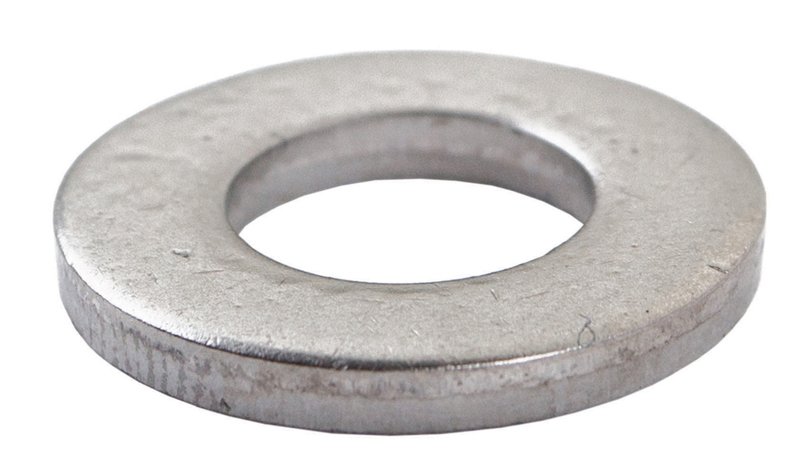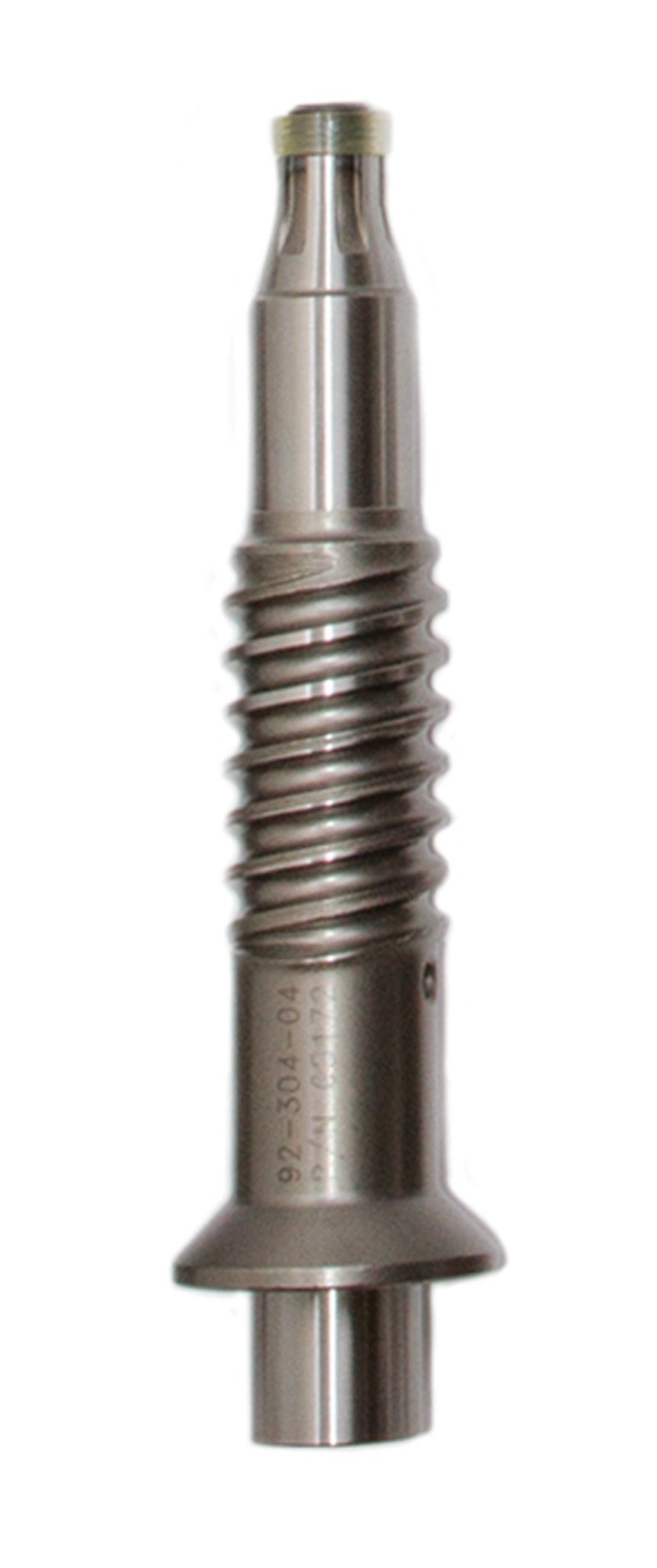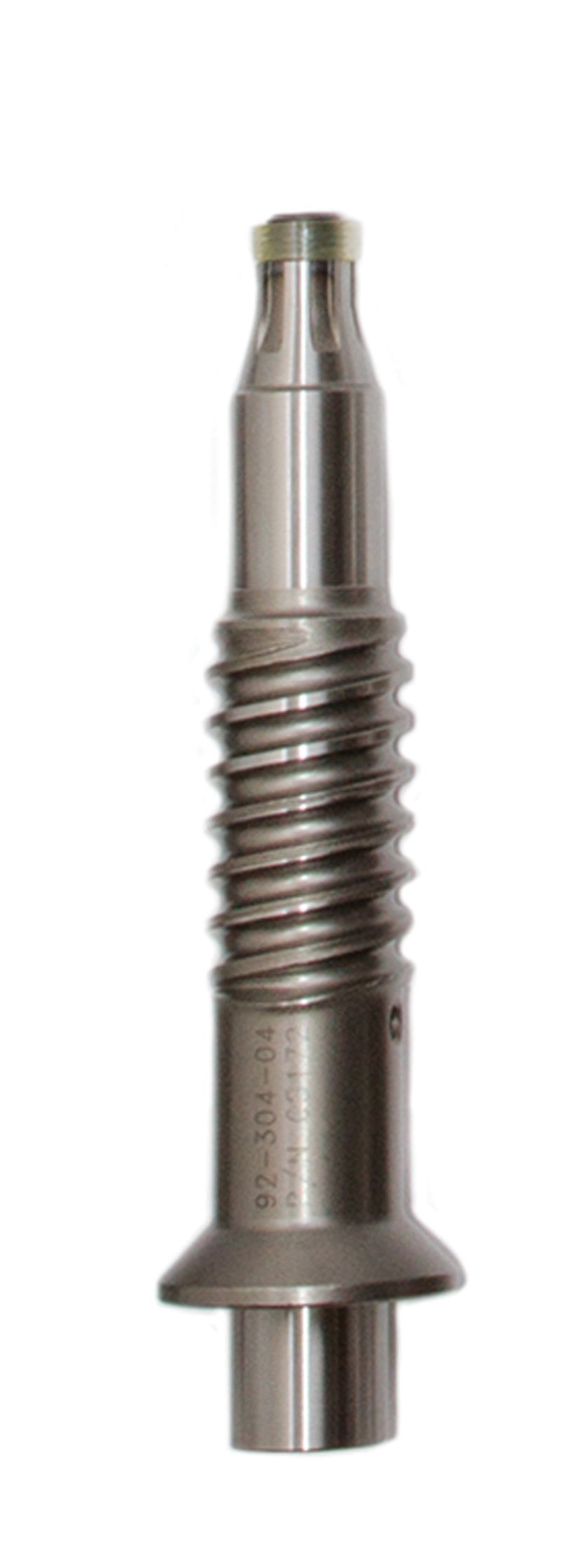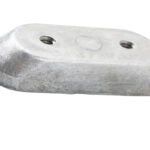
ANODE
March 20, 2024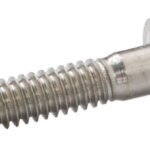
MOUNTING BOLT
March 20, 2024LOCK WASHER
$2.67
Description
- Function: The primary function of a lock washer is to provide additional resistance against loosening of fasteners, such as bolts or nuts, by creating tension between the fastener and the mating surface. It helps to maintain the integrity of the assembly and prevent unintended disassembly or failure.
- Design: Lock washers are typically flat, circular metal washers with a split or bent section. This split or bend creates a spring-like effect when the washer is compressed between the fastener head or nut and the mating surface. The tension generated by this spring action helps to create friction and resist rotational forces that could loosen the fastener.
- Installation: Lock washers are installed between the head of a bolt or the nut and the surface being fastened. When the fastener is tightened, the lock washer is compressed, creating tension and increasing the friction between the fastener and the surface. This helps to prevent the fastener from rotating or vibrating loose over time.
- Materials: Lock washers are commonly made from metal materials such as steel, stainless steel, or brass, chosen for their strength, durability, and resistance to corrosion. The choice of material depends on factors such as the application requirements and environmental conditions.
- Applications: Lock washers are used in a wide range of applications across industries such as automotive, aerospace, construction, machinery, and electronics. They are commonly found in assemblies where vibration or movement could cause fasteners to loosen, such as in machinery, engines, vehicles, and structural connections.
- Maintenance: Lock washers generally require minimal maintenance once installed. However, periodic inspection of fasteners and assemblies is recommended to ensure that lock washers are functioning properly and that fasteners remain securely tightened over time.
Related products
-
LOWER DRIVESHAFT
$180.81Function: The LOWER DRIVESHAFT transmits rotational power from the engine’s powered to the lower unit gearbox. It converts the engine’s vertical drive motion into horizontal rotation, […]
-
LOWER DRIVESHAFT
$160.60The LOWER DRIVESHAFT is a fundamental component of the lower unit assembly in an outboard motor, responsible for transmitting power from the engine’s gears to the […]
-
GEARCASE, 400 SERIES
$945.00The GEARCASE, 400 SERIES, is a critical component in marine propulsion systems, responsible for transmitting power from the engine to the propeller while providing gear reduction […]

